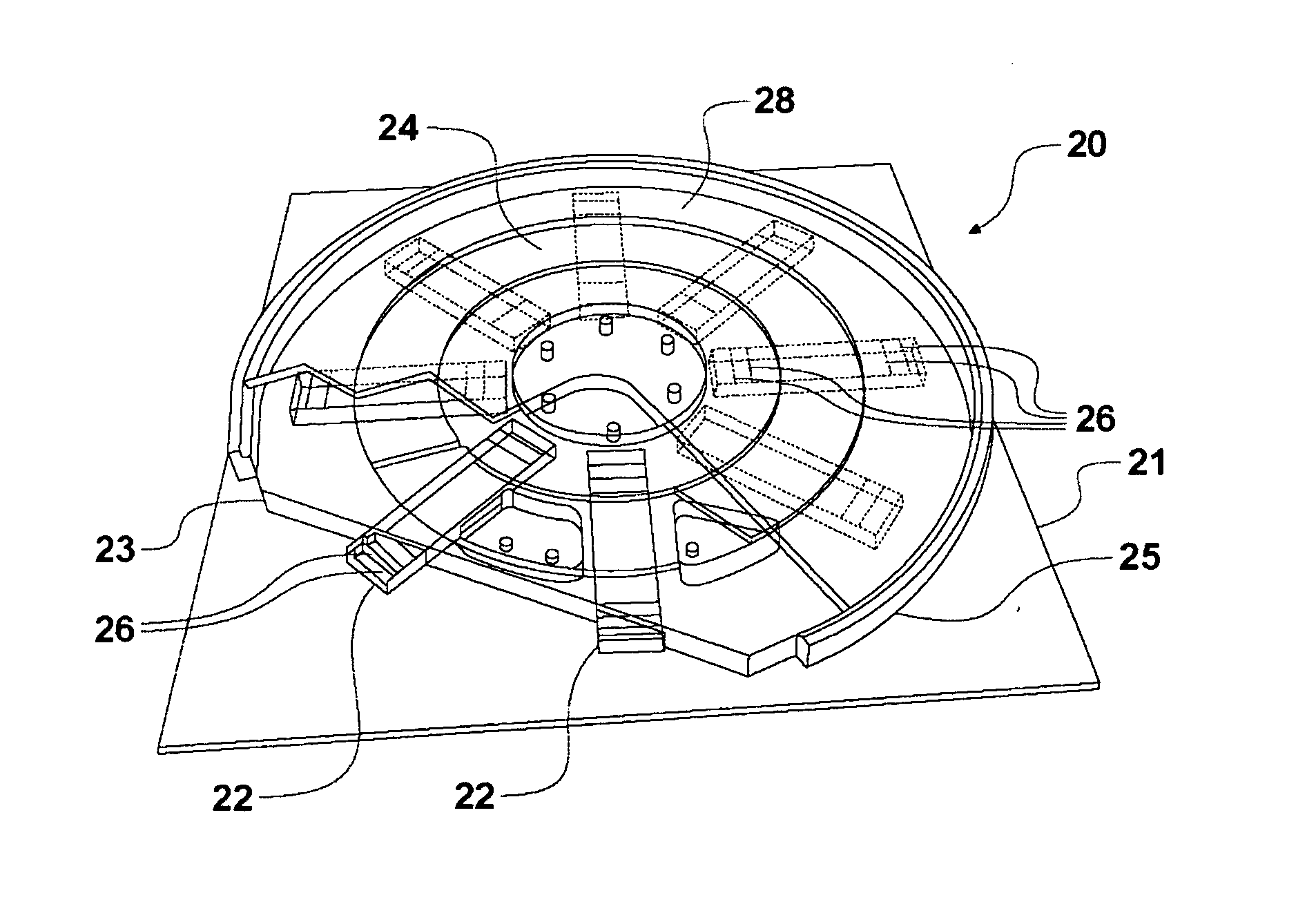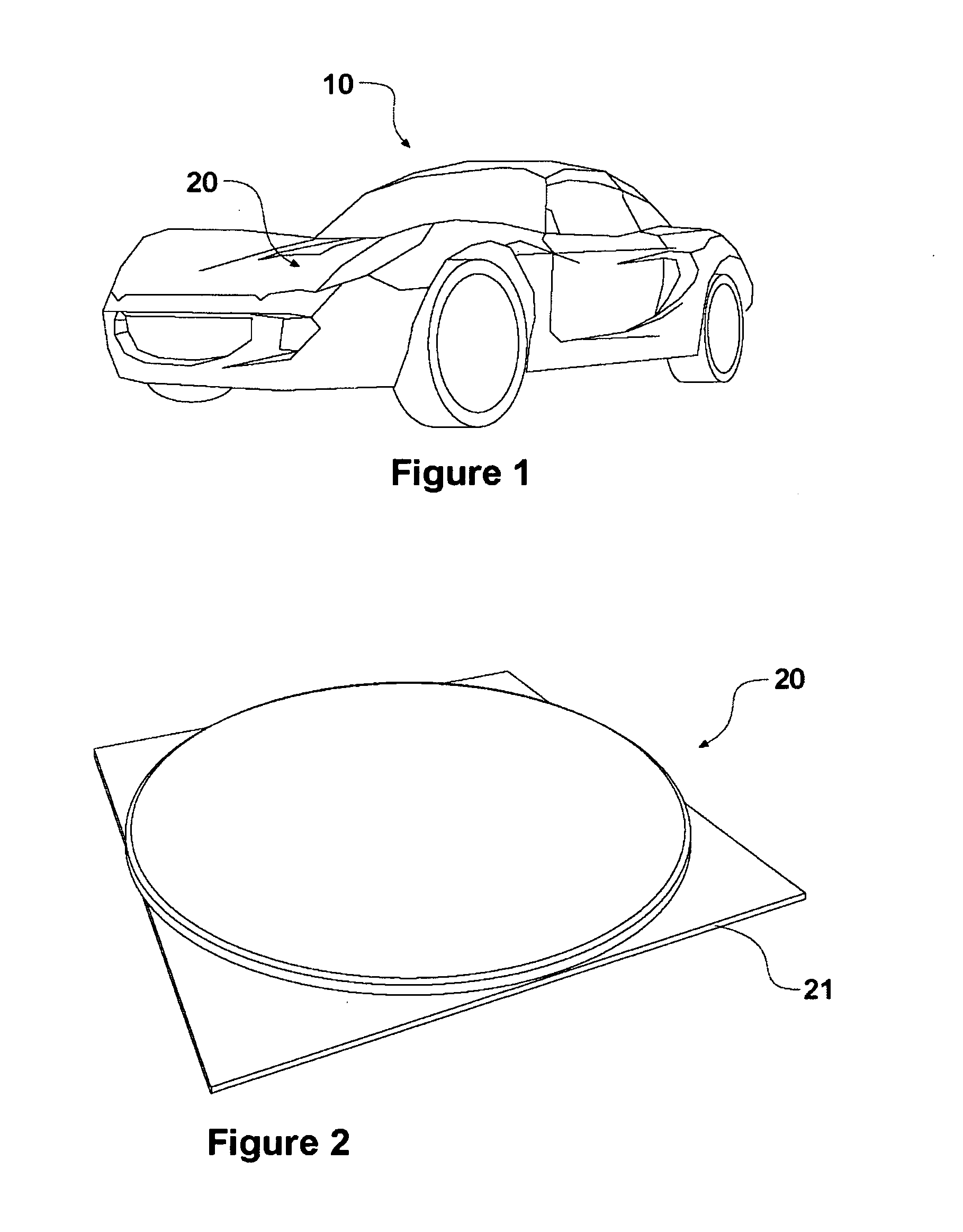Multi power sourced electric vehicle
a multi-power source, electric vehicle technology, applied in the direction of electric vehicle charging technology, charging station, transportation and packaging, etc., can solve the problems of limited range compared, inconvenience of having to remember, severe restrictions, etc., to increase or reduce the power consumed by load dependent, increase or reduce the effect of power consumption
- Summary
- Abstract
- Description
- Claims
- Application Information
AI Technical Summary
Benefits of technology
Problems solved by technology
Method used
Image
Examples
Embodiment Construction
[0088]Embodiments of the invention provide for a multi-source electric vehicle that is able to operate in most situations that may occur in terms of types, length and frequency of trips. References to “multi-source electric vehicles” are used to refer to electric vehicles embodying or capable of operating with embodiments of the present invention where the batteries and / or cells used to power the vehicle may be charged using various electrical power sources. Embodiments of the invention provide all of the advantages of a plug-in electric vehicle in that it can be recharged ‘at home’ overnight but, according to preferred embodiments, it does so without the disadvantage of requiring a cable to be plugged in. More particularly, according to preferred embodiments, a charging pad is preferably provided on the floor where the vehicle is usually parked, such as in the floor of a user's garage. While the vehicle is parked, the charging pad transfers energy to the vehicle's battery by Induct...
PUM
 Login to View More
Login to View More Abstract
Description
Claims
Application Information
 Login to View More
Login to View More - R&D
- Intellectual Property
- Life Sciences
- Materials
- Tech Scout
- Unparalleled Data Quality
- Higher Quality Content
- 60% Fewer Hallucinations
Browse by: Latest US Patents, China's latest patents, Technical Efficacy Thesaurus, Application Domain, Technology Topic, Popular Technical Reports.
© 2025 PatSnap. All rights reserved.Legal|Privacy policy|Modern Slavery Act Transparency Statement|Sitemap|About US| Contact US: help@patsnap.com



